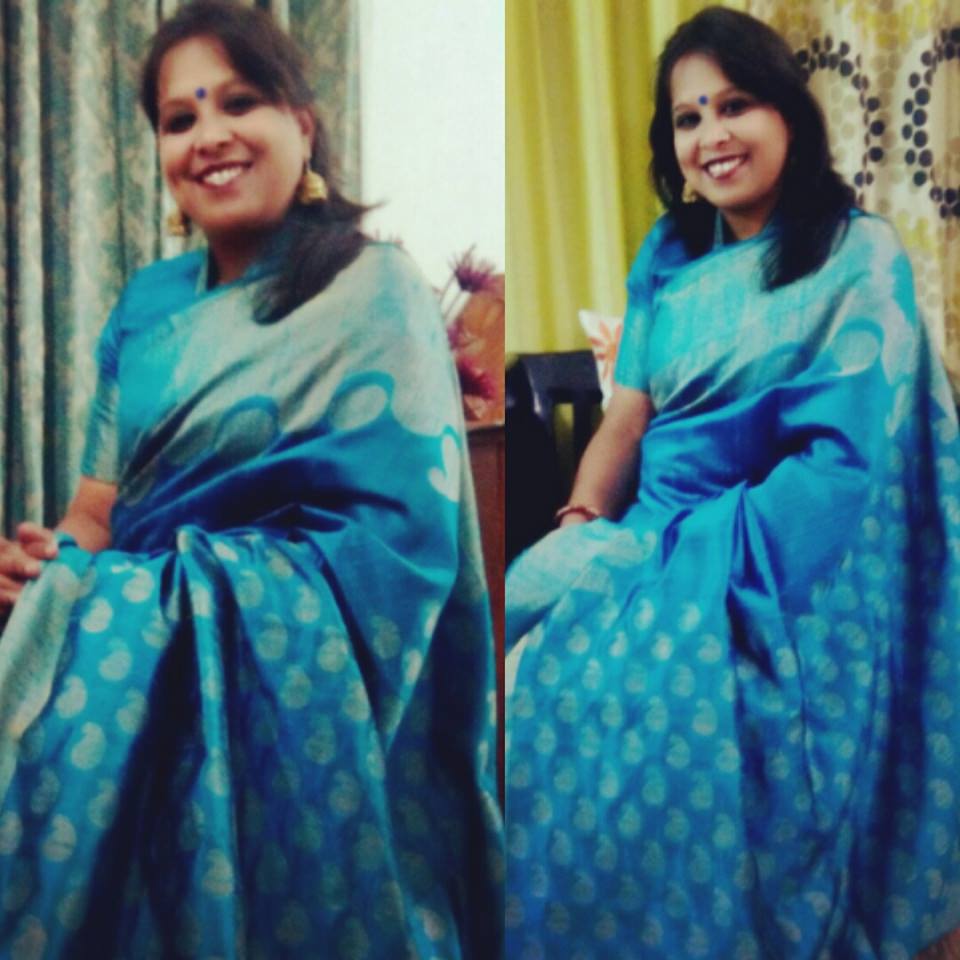Mahaashtami and Aroti
#mahaashtaminavami
Sandhya aroti is one of the rituals I personally enjoy. The sound of the dhaks and ghantas reverberates through the numerous scattered pandals. The fragrance of the dhoop fills the senses. The frenzied dance with the dhunuchi to the rolls of the dhak is mesmerizing. The dhunuchi has a flared shape with a stem (for holding )made of earthenware and a huge cavity at the top for holding the incense. It is lit by placing coal at the bottom which ignites a layer of coconut husk on which incense usually camphor is sprinkled. When I was a child I have seen men dressed in the traditional dhutis to perform this devotional dance and women in saada laal paars. Another aspect i found missing this year.The dance becomes intense with the rising tempo of the dhakis, the conch shells are blown and the kaansher ghanta is beaten alongwith the dhaks which are also artistically decorated. The purohit also performs aroti somewhat also with tiny dancing steps of his own.The dhakis also dance along as the aroti reaches its peak. It is not just an ordinary aroti but prayers offered to Maa by her frenzied devotees.The smoke and sound and movement fill the air creating an immersive trance-like atmosphere. The drummers lead the dancers with their beats sometimes slow, other times fast and then frenzied. Witnessing the aroti is an experience in itself .
The saree ,a regal blue dupion silk with matt gold broad borders and golden ambis on the pallu is what I wore to witness yet another Ashtami aroti . The dupion is a plain weave crisp type of silk fabric produced by using fine thread in the warp and uneven thread reeled from two or more entangled cocoons in the weft. This creates tightly woven yardage with a highly lustrous surface. It is similar to shantung but slightly thicker heavier and with greater slub (crosswise irregularity) count. The pictures are not doing any justice to it.
PS The information on the type of silk is courtesy the Internet.

